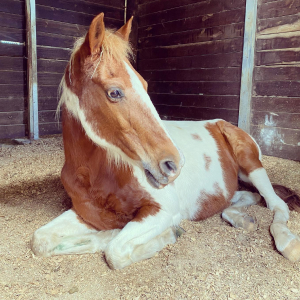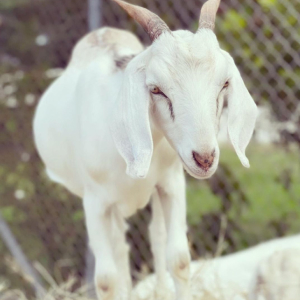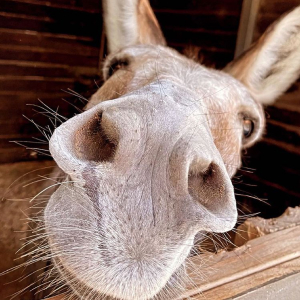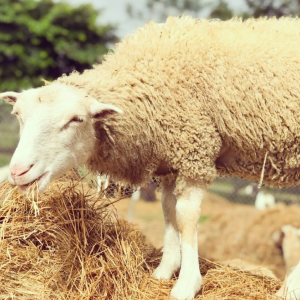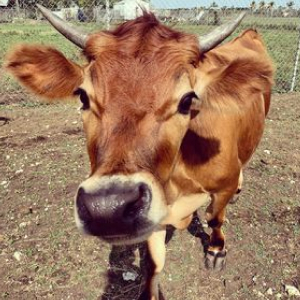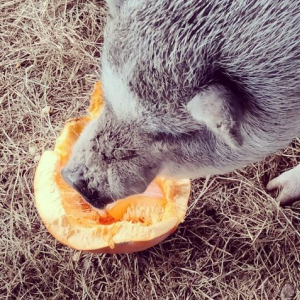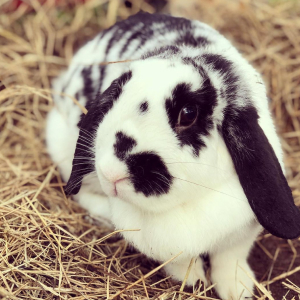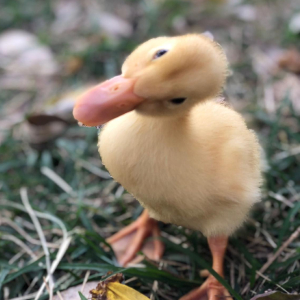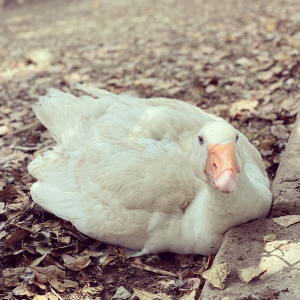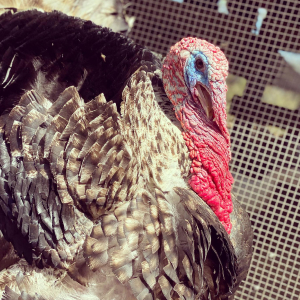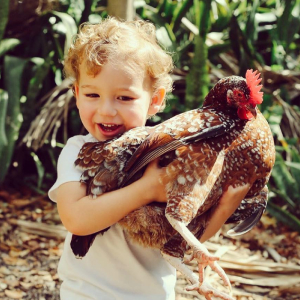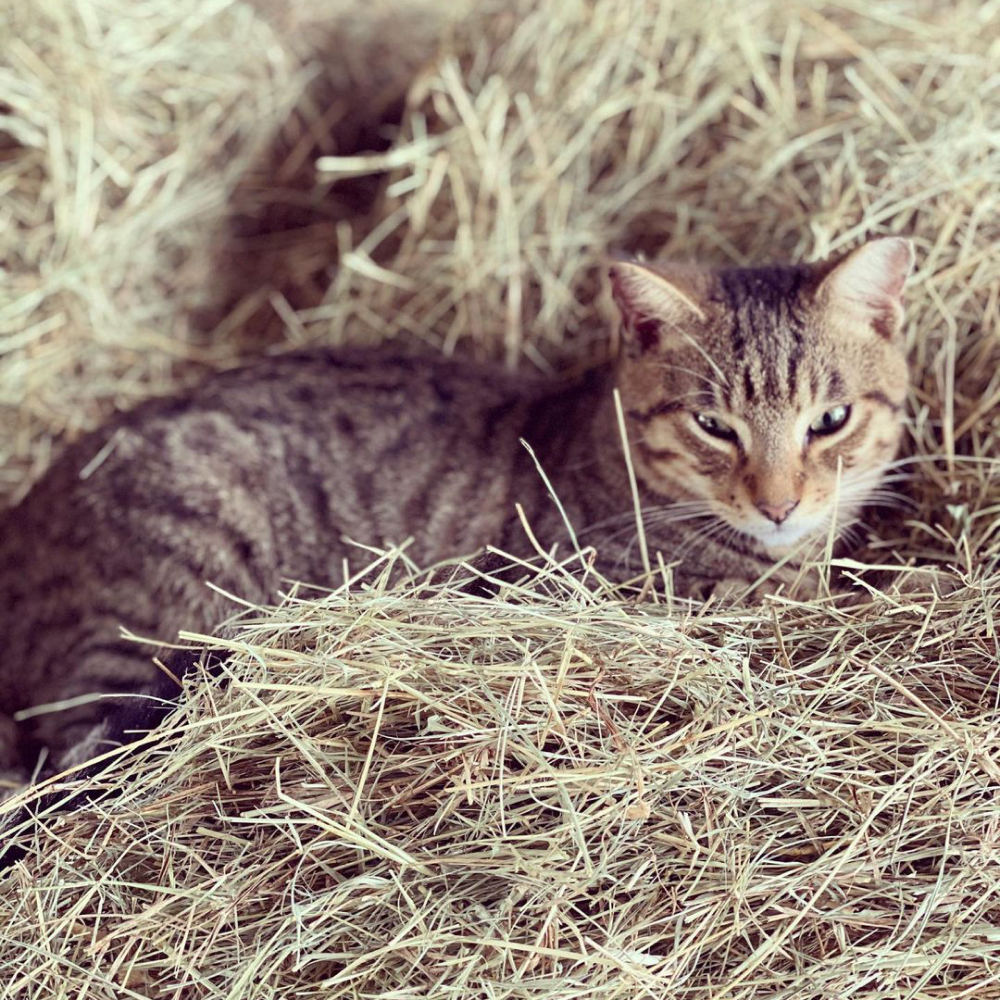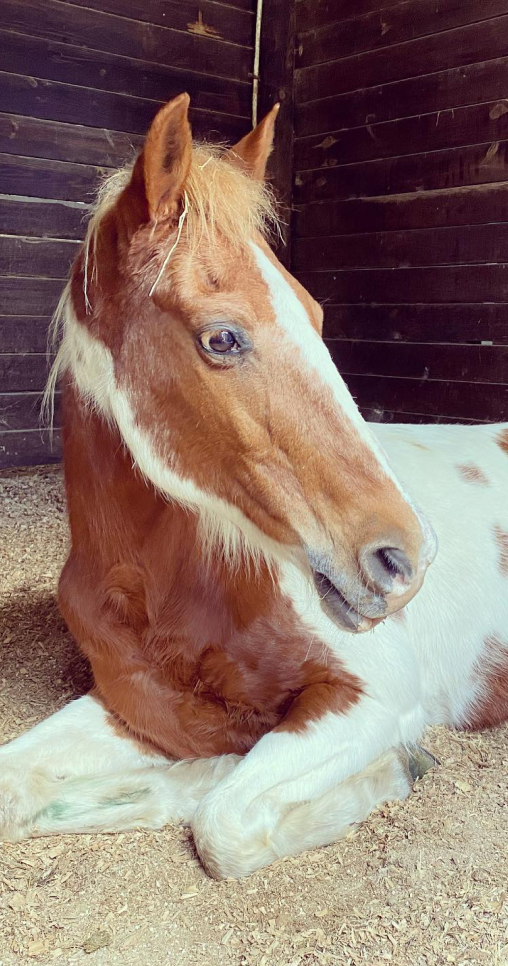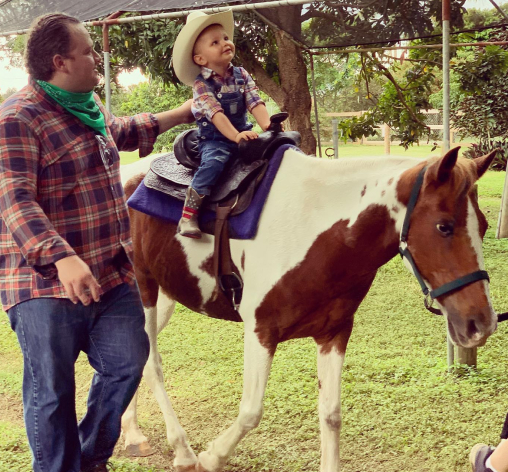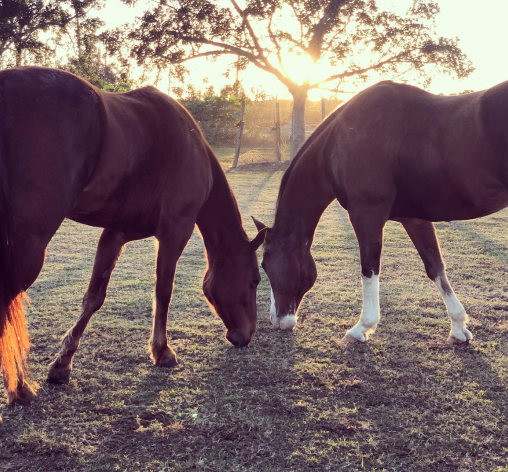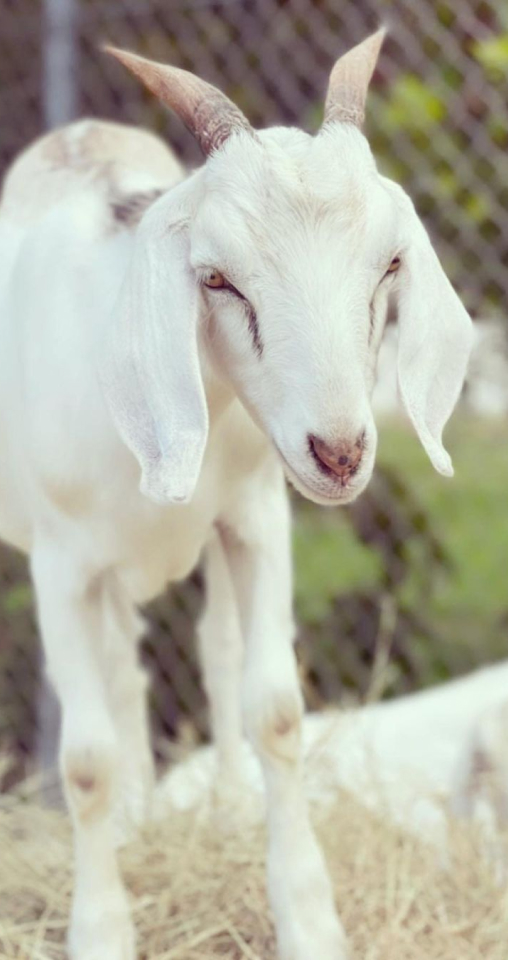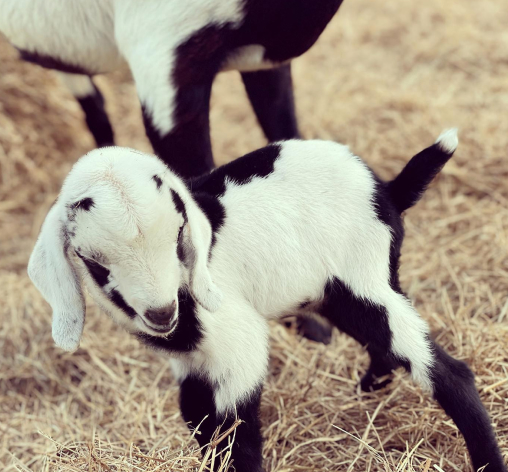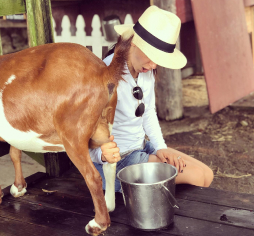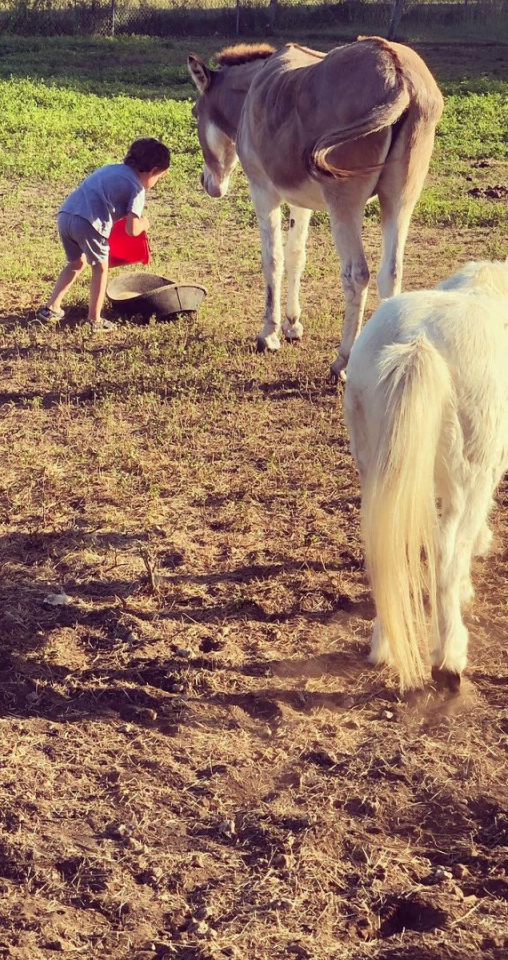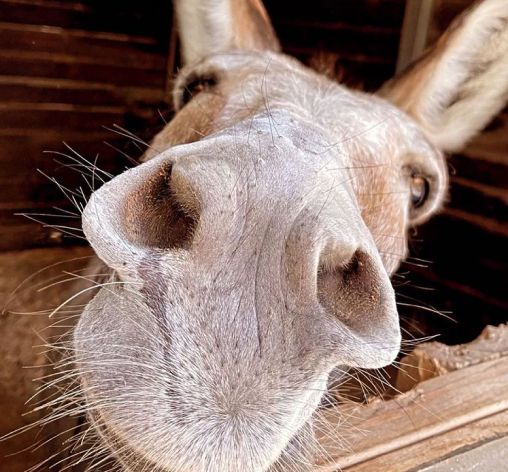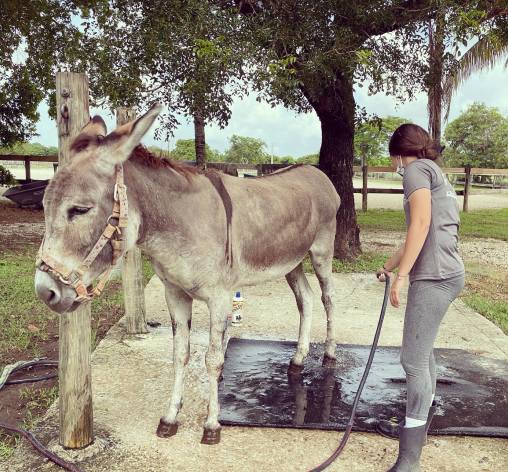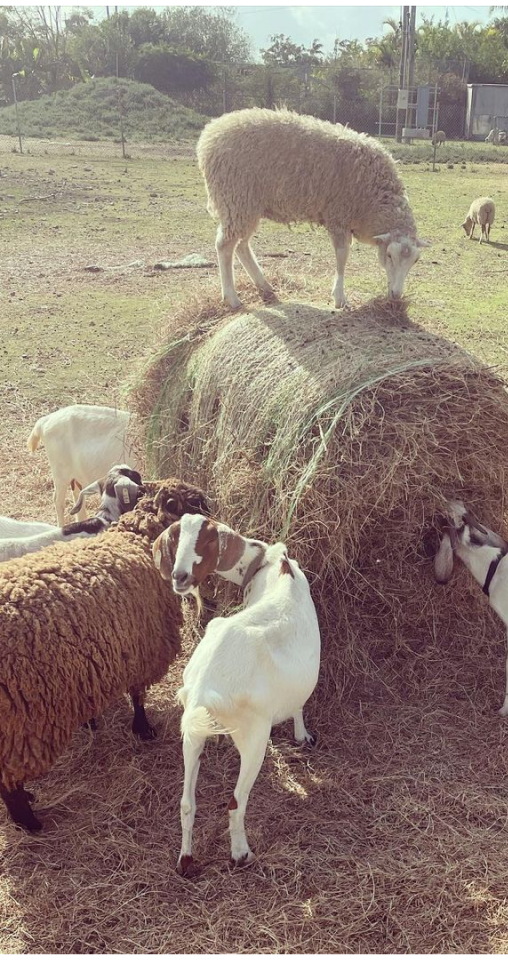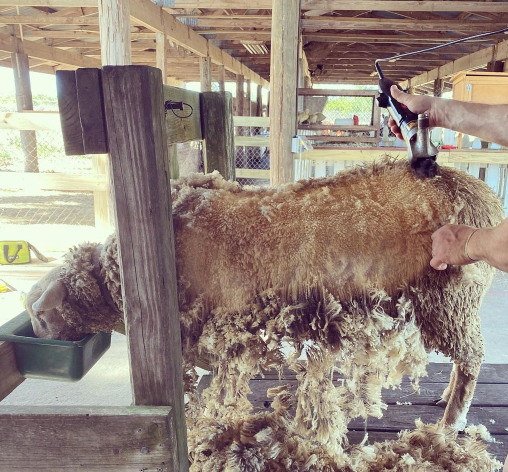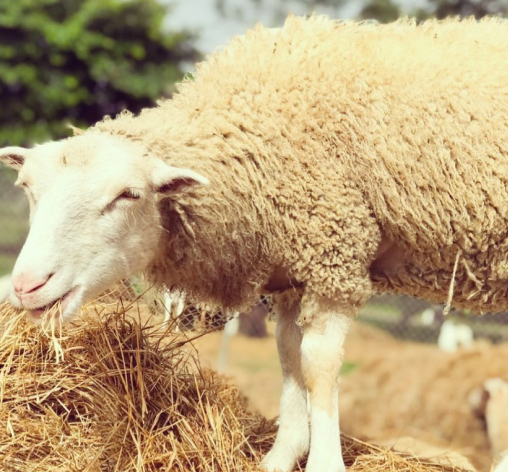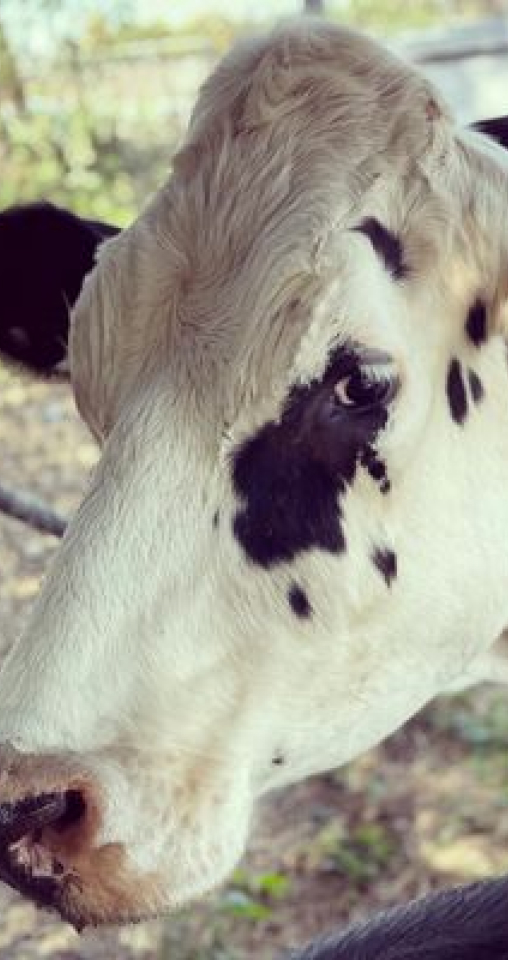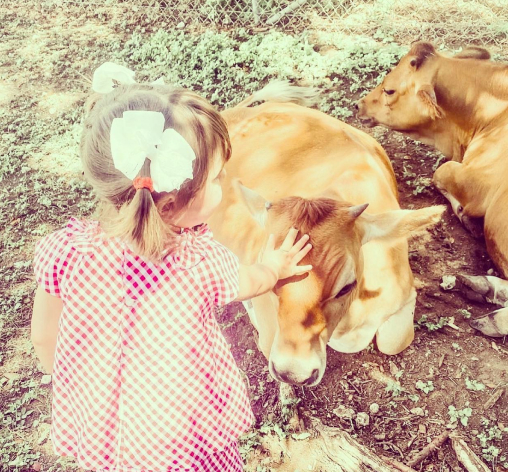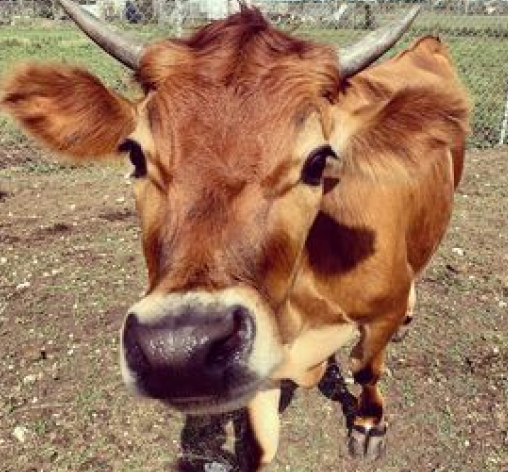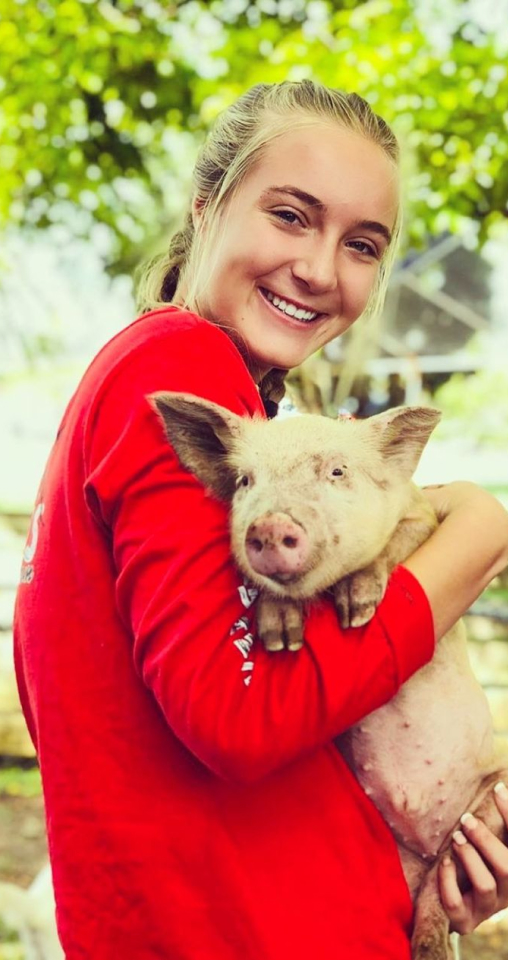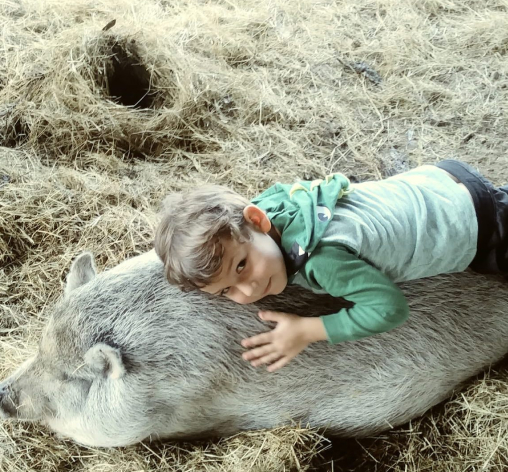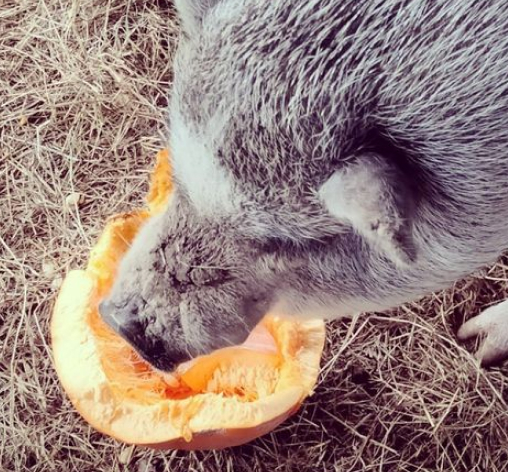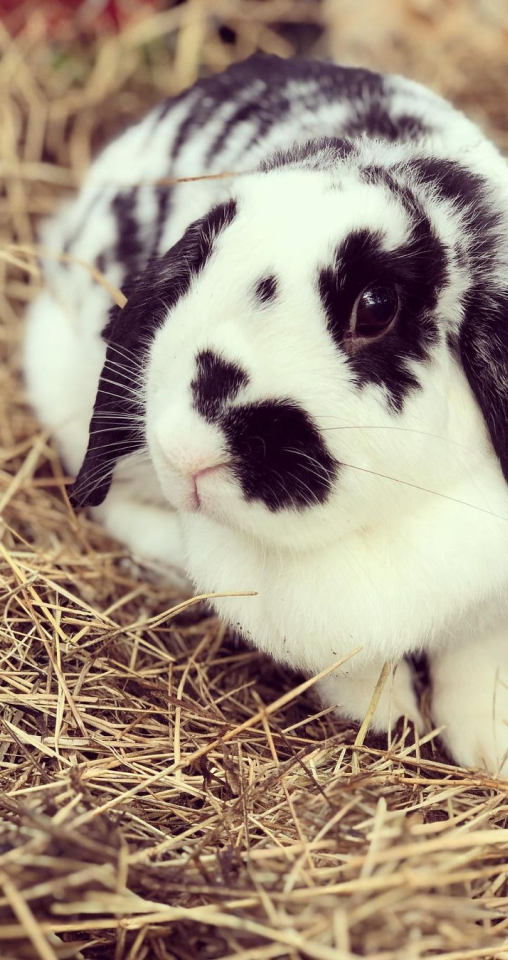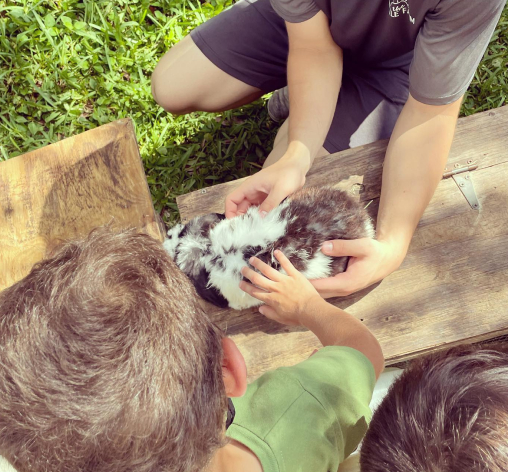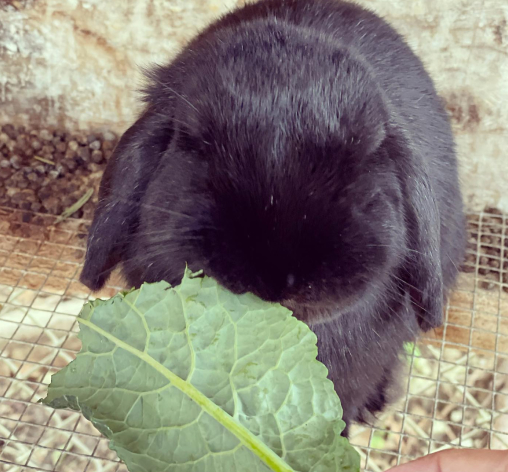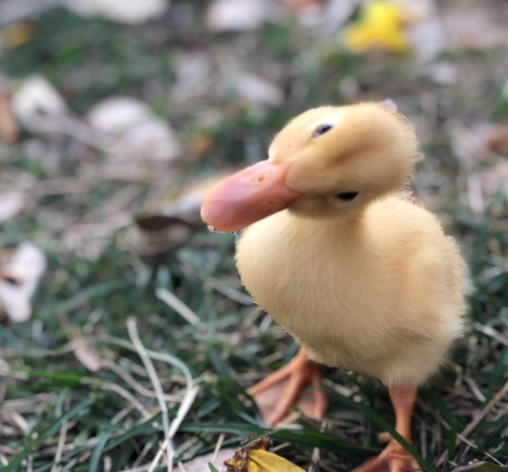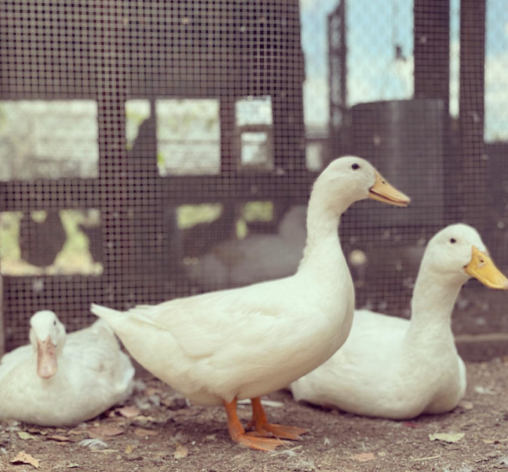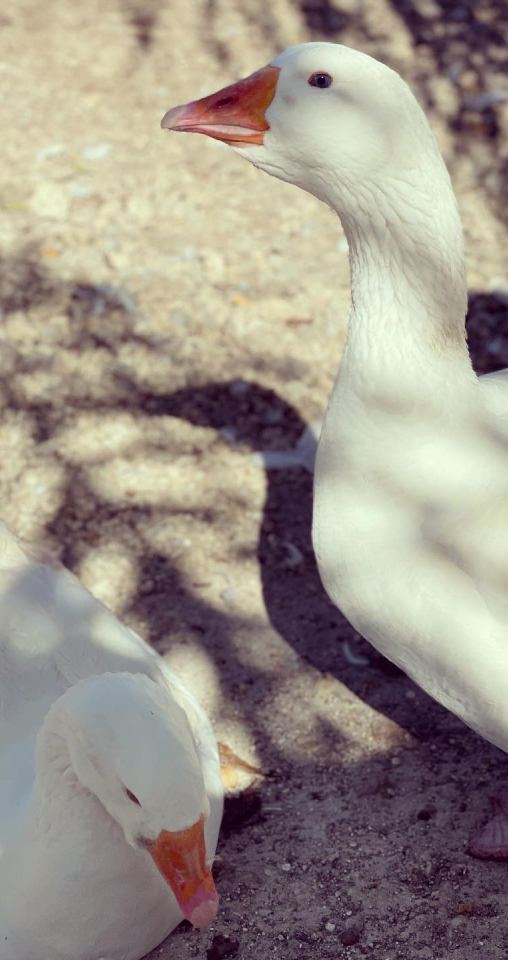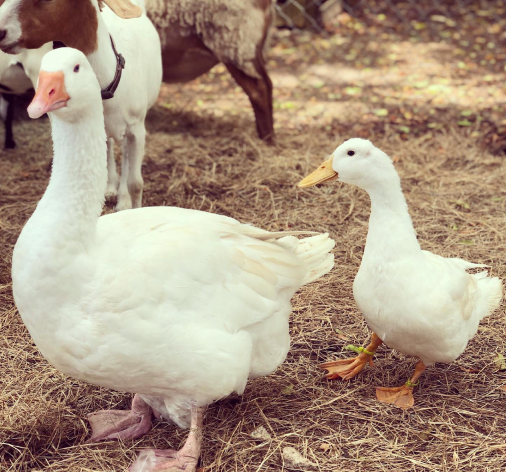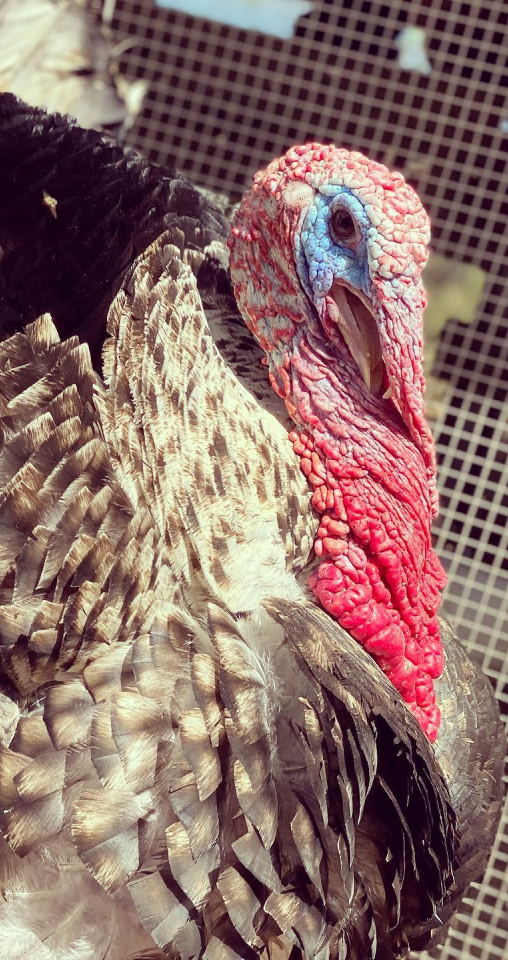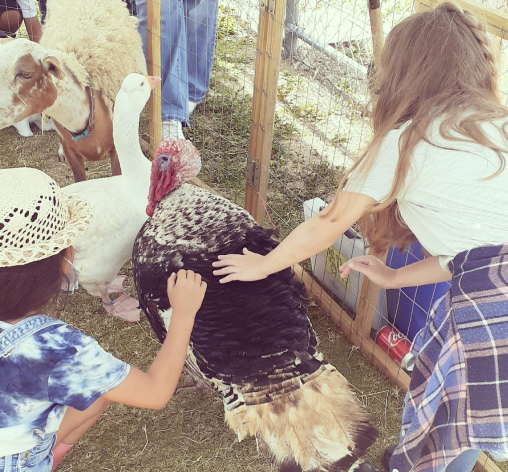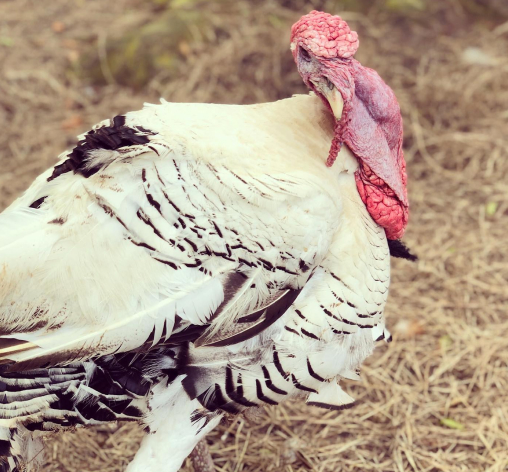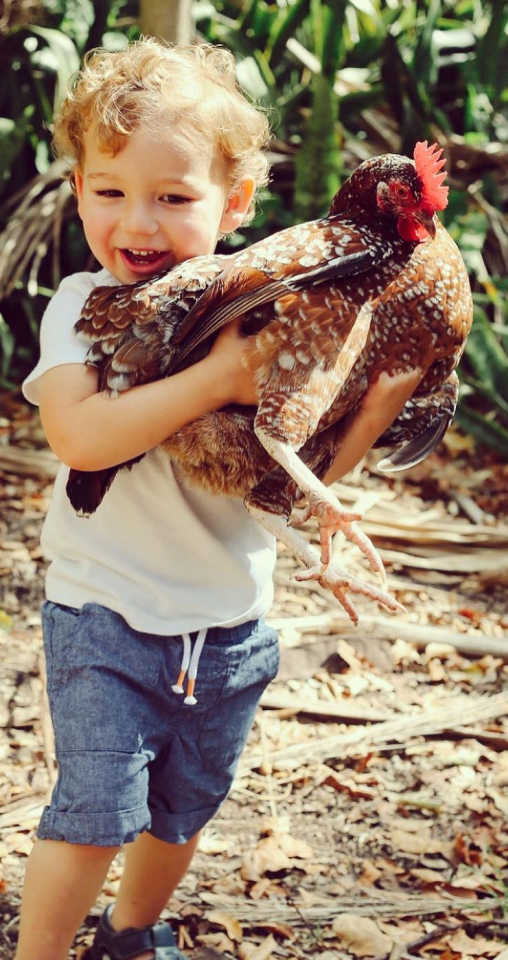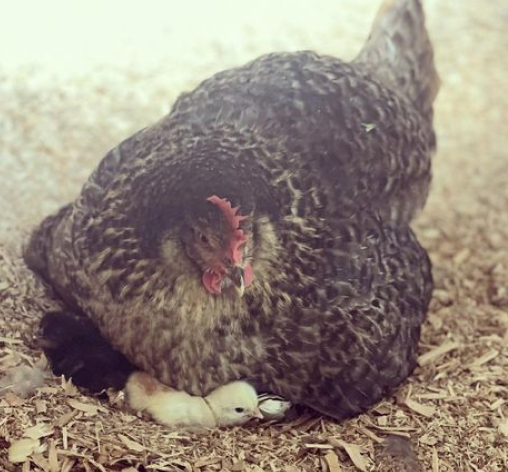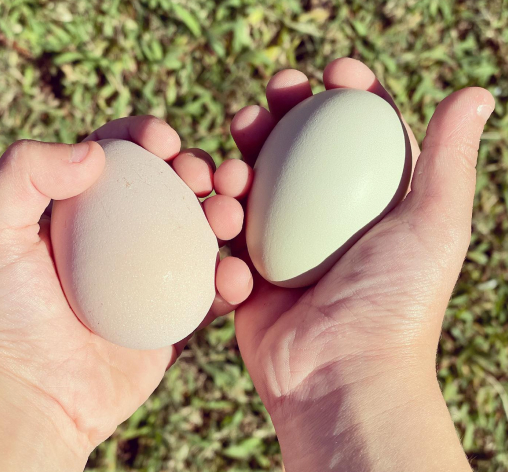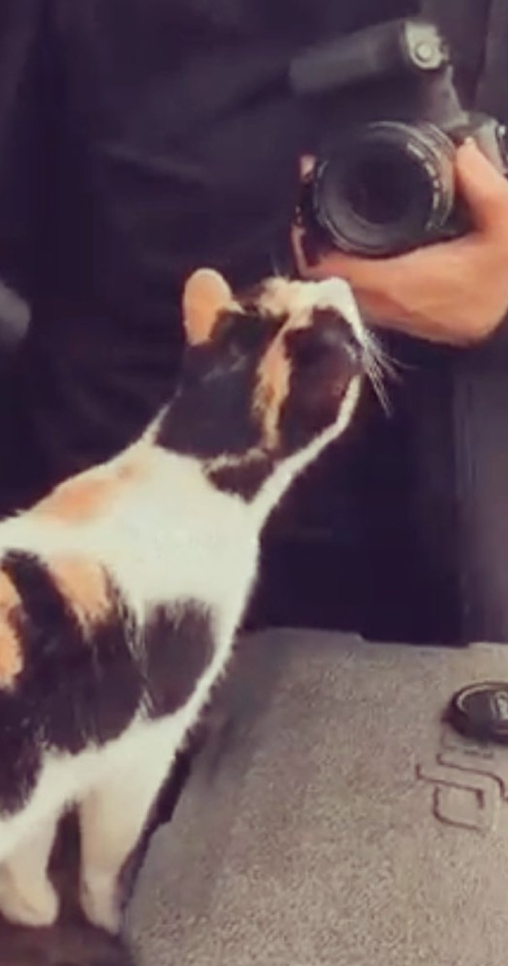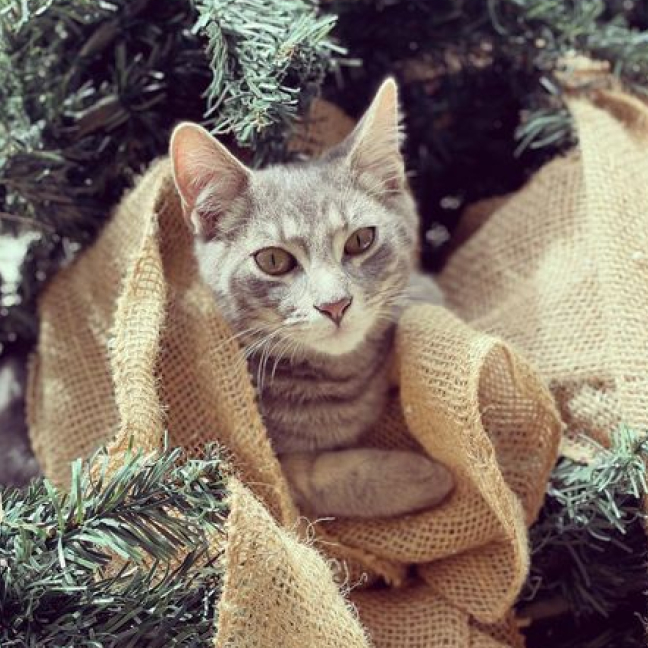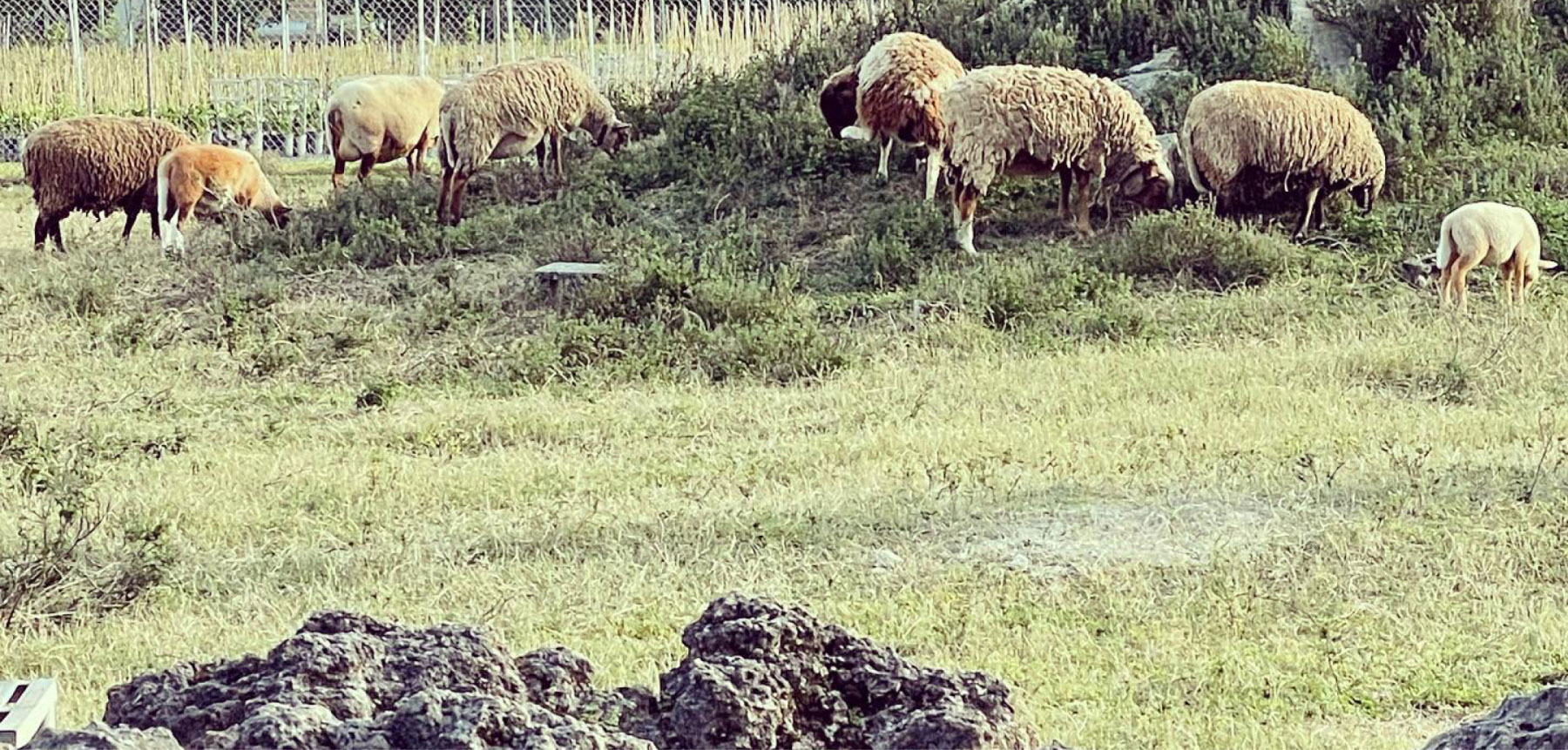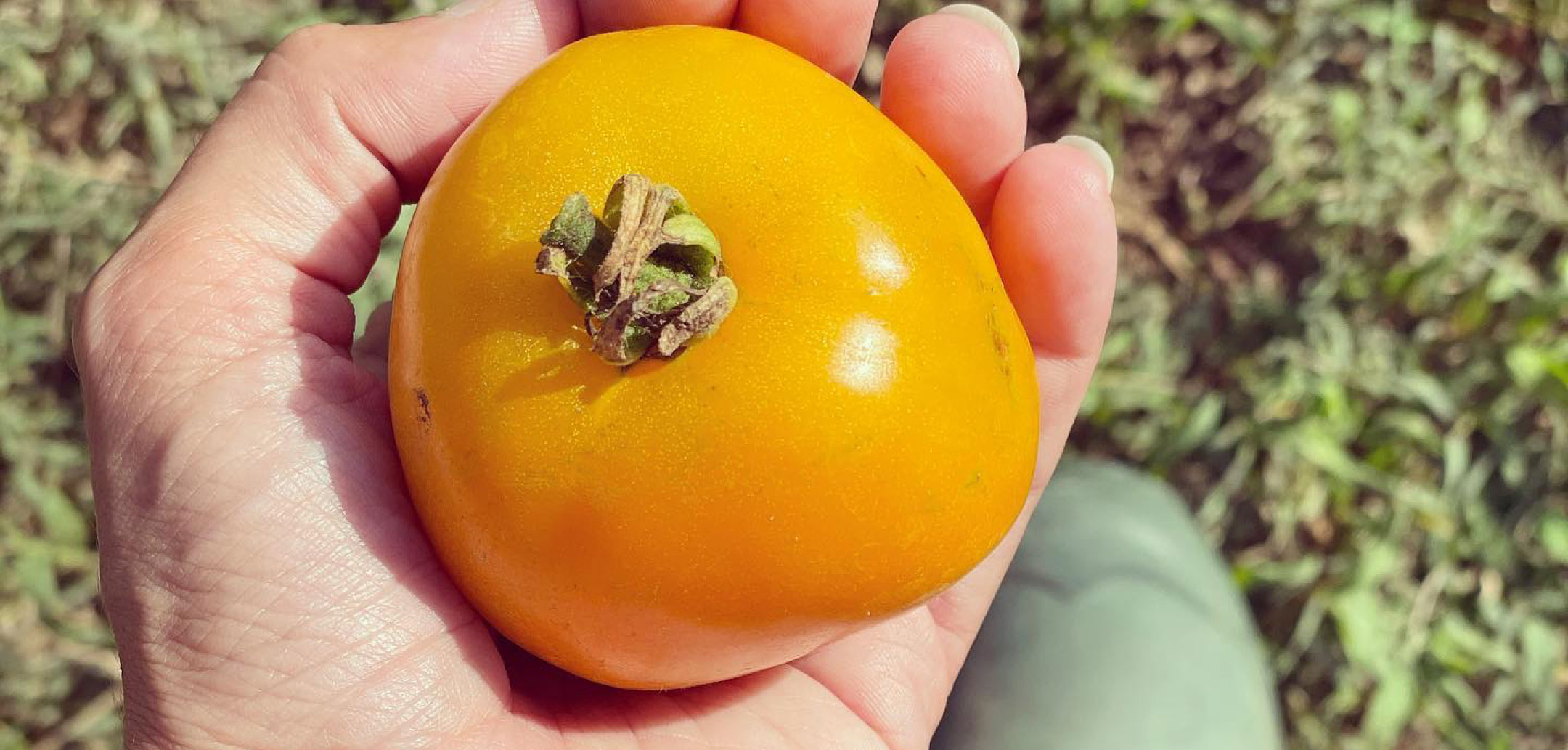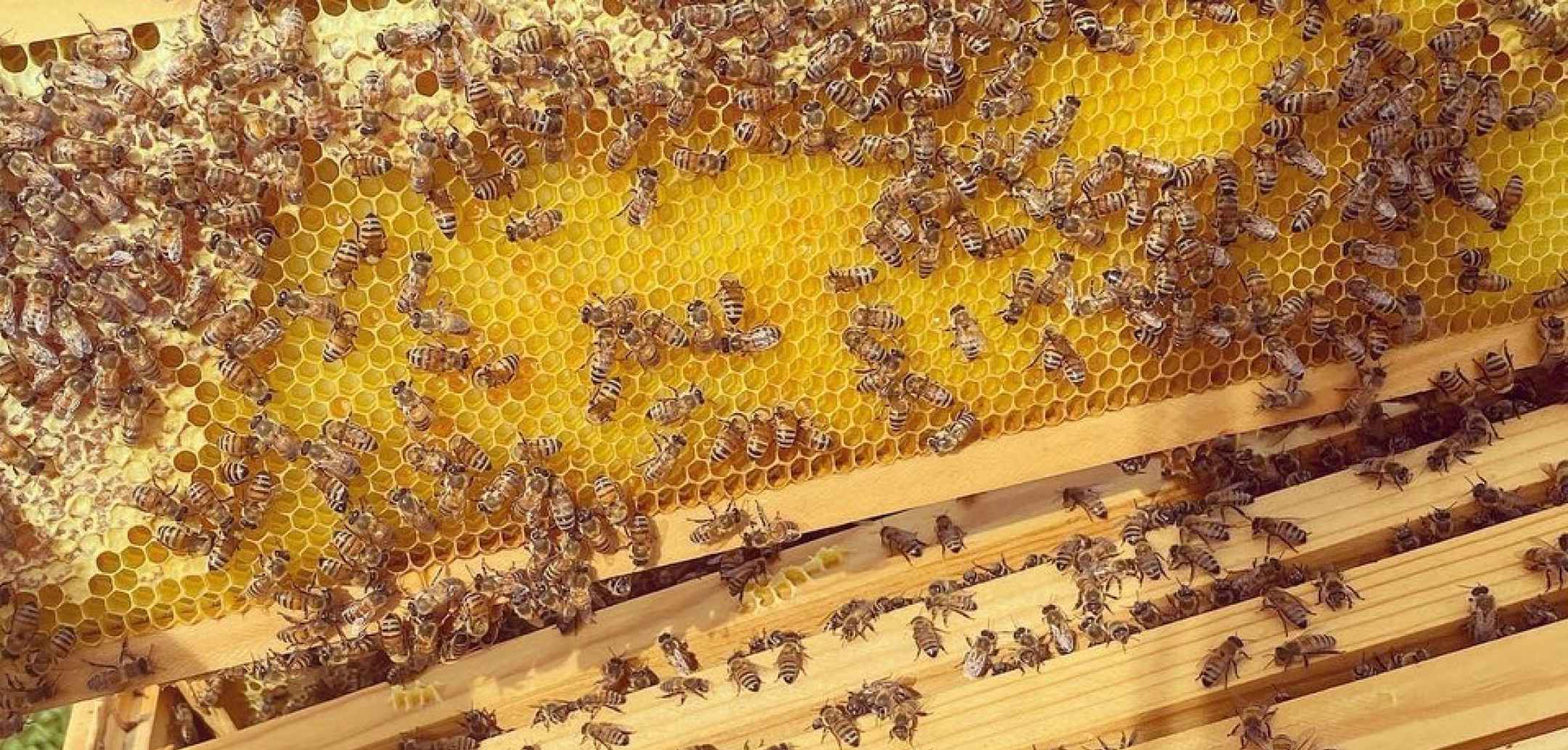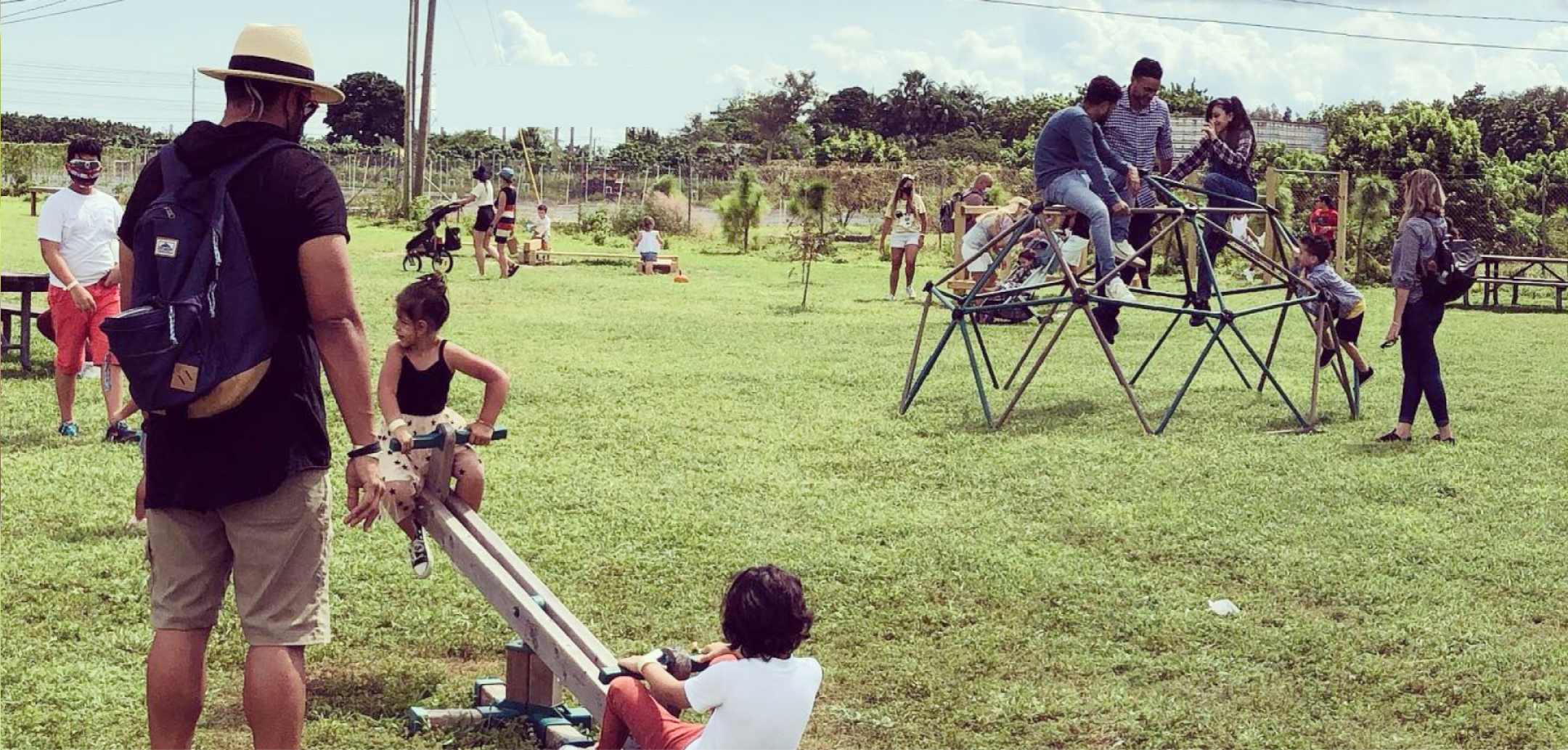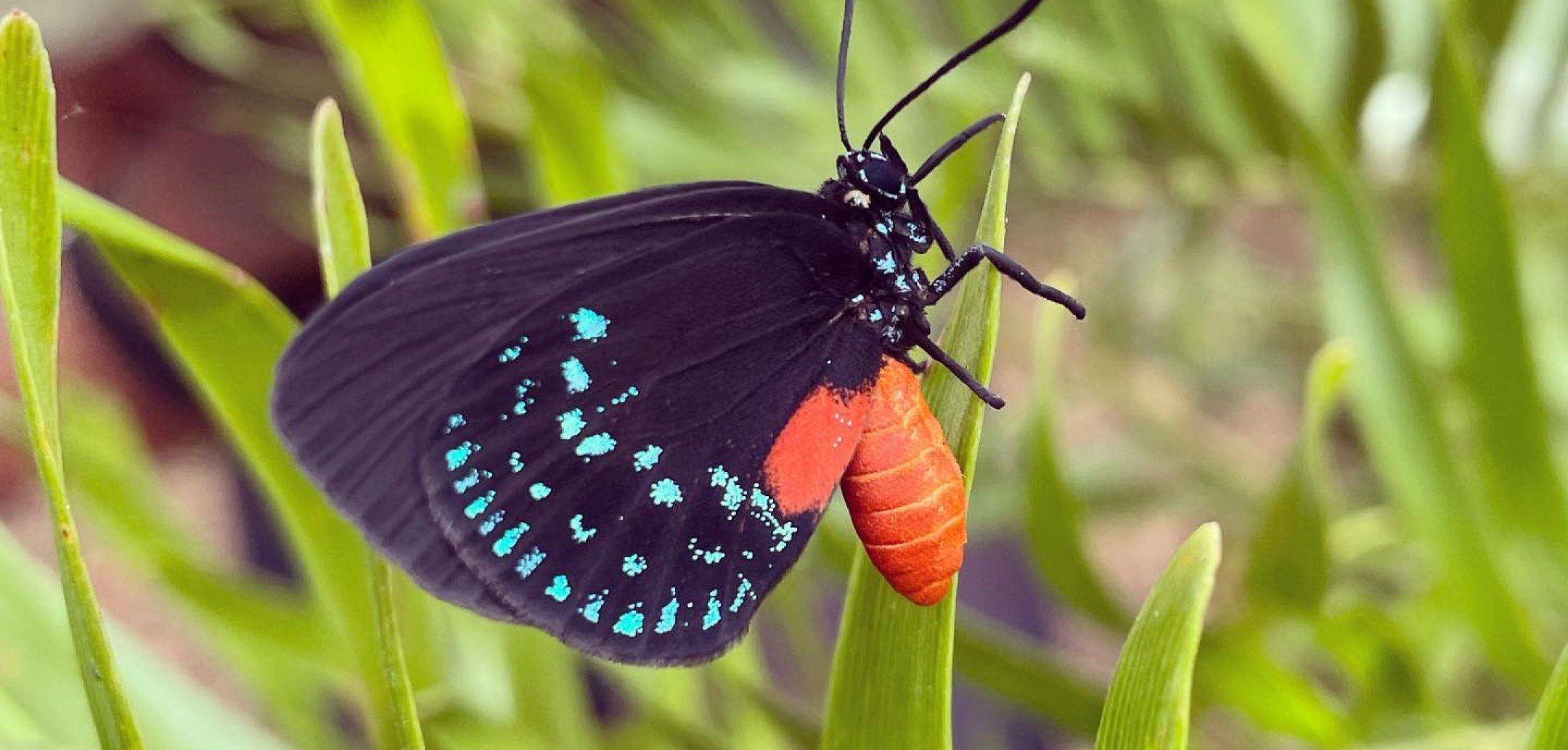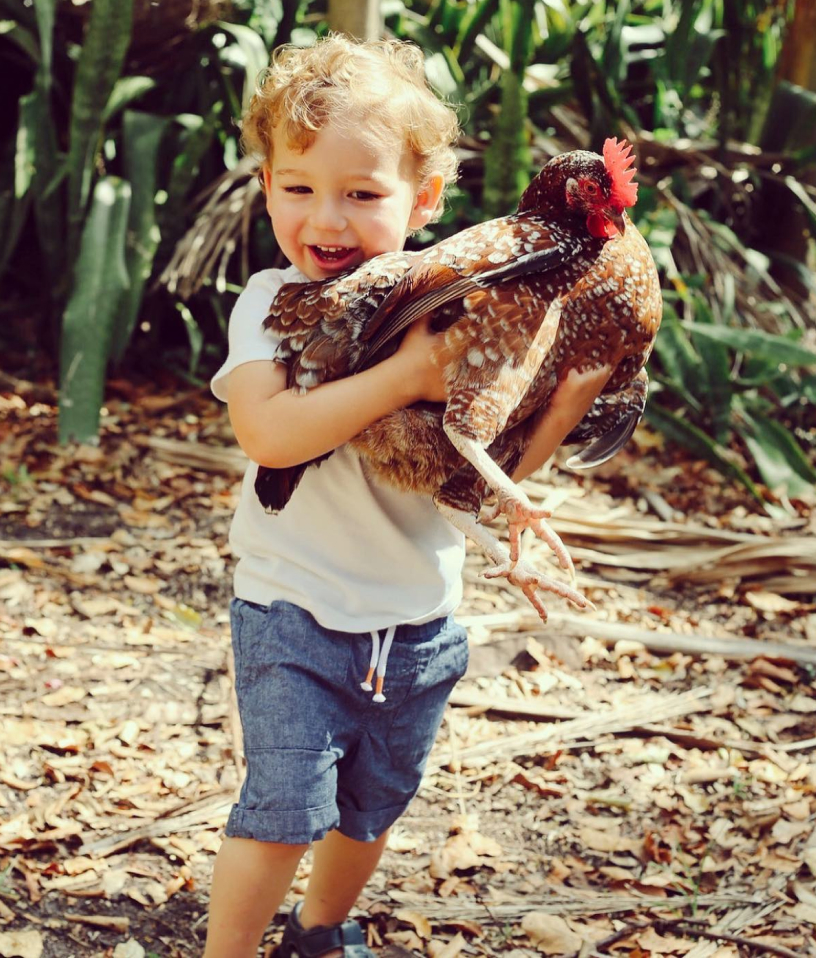
The Little Farm
Hands-on experiences
Accompany us on the actual farm feeding, assist in the milking of our goats, and explore a beautiful butterfly garden with native flora and fauna.
The Little Farm is unique because:
- The animals in the petting zoo are not hand fed. The children can approach the animals – they do not chase the children for a treat.
- The animals are maintained to the highest USDA standards of health to protect both the children and the animals.
- We have enough animals on the farm that the animals can be rotated – No animal that is not in excellent condition or does not want to leave the farm needs to come to fill a slot.
Explore our farm
Horses
Trot
The female is called a Mare, the male is called a Gelding/Stallion, and the baby is called a Foal (colt or filly). Their gestation is 11 months, and can live to be up to about 40 years old. Horses are vegetarians, they have a mane, fore lock, hooves, large teeth both top and bottom that can be used to estimate age by looking at how many they have as well as how much the gums have receded (being older is associated with being long in the tooth) and a long tail for swishing flies away. They can provide transportation for people or cargo. Their hair has also been used to make wigs for people in the past. A horse is measured in hands (about 4 inches = one hand) from floor to their withers. Horses often wear horseshoe that are nailed to the hoof wall to help protect the hoof.
Goats
Climb
The male is called a Buck or Billy, the female is called a doe and her baby is called a kid. The female goats have two utters where the milk for the baby is stored, and these two are called teats. This is where the baby drinks. If there is only one kid or the kids are older and are no longer drinking all of her milk, we can milk her and drink the milk ourselves. We can also use it to supplement other animals that may need it or we can make cheese with the milk. Goats are vegetarians and they only have teeth on the bottom in the front of their mouths.
FUN FACTS: Goats milk is better for us than cow’s milk because it more closely resembles human milk! They have split hooves that aid them in climbing hills and rocky terrain.
Donkeys
Hee-Haw
The male is called a Jack, the female is called a Jenny, and the baby is called a Foal (colt/filly) A mule is a cross between a donkey and a horse. They are very similar to horses but they can carry more weight than horses can on their backs and they are more sure footed.
Sheep
Baa
The female is called a Ewe, male is called a ram and the babies are called lambs. Sheep do produce milk and there are countries where sheep’s milk is consumed by humans but in our country you usually only find some cheeses that are made from sheep’s milk and not the milk itself. Sheep are sheared for their wool, usually twice a year. Wool is used for many fabrics and cords like yarn. Wool makes a strong fabric that can often feel itchy on sensitive skin because each strand has barbs on it that when they are twisted together with other strands hook on to each other. Wool regulates body temperature – when it is cold it keeps you warm, when hot it cools you down. Lanolin is something that comes from sheep and is in many lotions.
FUN FACTS: The goat and sheep belong to the same family, ruminants, they are cousins. They are like cows, they chew their food twice in order to digest food properly. They are both vegetarians. Sheep and goats gestation is 5 months and the average birth is twins or singletons.
Cows
Moo
The male is called a Bull, the female is called a Heifer/Cow, and the baby is called a Calf. A cow will spend about 8 hours a day eating and will consume about 40 pounds of food in a day.
FUN FACTS: Cows have great senses. They can see in color and can smell up to six miles away.
Pigs
Oink
Pigs are omnivores which means that they eat a wide variety of foods including protein/meat. The male is called a boar, the female is called a sow, and the baby is called a piglet. Their gestation is 3 months 3weeks 3 days, and can live to be up to about 15 -20 years old. Pigs grow to be about 150 to 200 pounds in the first 6 months of their lives. They are very intelligent and curious animals.
FUN FACTS: They use their flat, hard snout to push up the dirt to find food. (Roots, bugs, worms). A pigs heart is so similar in size and function to humans that they use valves from them to replace human heart valves. They also use pig’s skin to temporarily replace human skin on burn victims.
The pig’s hair is coarse enough when it is an adult to be used to make hair brushes and paint brushes.
Rabbits
Hop
The male is called a buck, the female is called a doe and the babies are called kits. A rabbit is also a vegetarian. It has large back feet, which help it to move (hop) quickly when it needs to. It had large ears that help to hear well. These help the rabbit to avoid predators. Rabbits are usually very quiet so that predators cannot find them but they do have loud voices and can squeal as loud as a pig if they choose to, but they communicate in very quiet tones and by thumping their back feet most of the time. Their gestation is only 4 weeks.
FUN FACTS: Rabbits are nocturnal. Which means that they sleep during the day and are awake during the night. The rabbit has small microscopic holes in its ears to help regulate its body temperature if it’s too hot.
Ducks
Quack
A male duck is a drake, a female is called a hen and a baby is called a duckling. A duck produces an oil called preen oil that makes the feathers resist water so they are able to float. The layer feathers that are closest to their skin are soft because of this oil, they are called down feathers. Ducks also have webbed feet, which is a skin in-between their toes which allows them to be excellent swimmers.
Geese
Honk
A male goose is a gander, female is called a hen and a baby is called a gosling. The goose also produces preen oil that makes the feathers resist water so they are able to float. Geese have down feathers as well which are closest to their skin and on their necks. Geese also have webbed feet.
Differences between ducks and geese: The goose’s bill is pink/peach in color, pointed and serrated as they like to chomp their food. The ducks bill is yellow in color, flat and rounded at the end as they like to scoop their food. They also make different noises. Ducks quack and geese honk.
Turkeys
Gobbles
A male is called a Tom, a female is called a hen and a baby is called a poult. The male has a spur, gobbles, has a beard, has a fancy tail and a snood on the top of his beak, which all of these things are used to make him look bigger and more intimidating to predators and attractive to females. The female has none of these but lays eggs and sits on them for 28 days.
Chickens
Waddle
The male chicken is a Rooster, the female chicken is a hen and the baby is called a chick. Some differences between the male and female are that the rooster, crows, has a spur to fend off predators with, he also has a larger comb and waddle and tail feathers, Hens lays the eggs (sits on them for 21 days), they only get up to eat and drink water. They also have a smaller comb and waddle and their tail feathers are shorter and more rounded. The rooster crows and the hen clucks. Chicks will be the size of an adult in 6 months. Chickens can not swim, they have claws for scratching in the dirt to find food.
Cats
Chase
Our barn cats are a family favorite. Not only are they super cute and love attention, but they work to keep things clean by capturing rodents around the farm.
